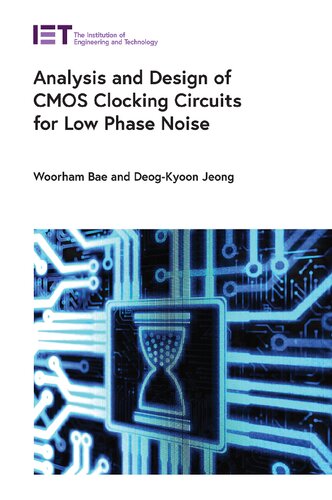

Most ebook files are in PDF format, so you can easily read them using various software such as Foxit Reader or directly on the Google Chrome browser.
Some ebook files are released by publishers in other formats such as .awz, .mobi, .epub, .fb2, etc. You may need to install specific software to read these formats on mobile/PC, such as Calibre.
Please read the tutorial at this link: https://ebookbell.com/faq
We offer FREE conversion to the popular formats you request; however, this may take some time. Therefore, right after payment, please email us, and we will try to provide the service as quickly as possible.
For some exceptional file formats or broken links (if any), please refrain from opening any disputes. Instead, email us first, and we will try to assist within a maximum of 6 hours.
EbookBell Team

4.8
64 reviewsAs electronics continue to become faster, smaller and more efficient, development and research around clocking signals and circuits has accelerated to keep pace. This book bridges the gap between the classical theory of clocking circuits and recent technological advances, making it a useful guide for newcomers to the field, and offering an opportunity for established researchers to broaden and update their knowledge of current trends.
The book begins by introducing the theory of Fourier transform and power spectral density, then builds on this foundation in chapter 2 to define phase noise and jitter. Chapter 3 discusses the theory and primary implementation of CMOS oscillators, including LC oscillators and ring oscillators, and chapter 4 introduces techniques for analysing their phase noise and jitter. Chapters 5-7 cover conventional clocking circuits; phase-locked loop (PLL) and delay-locked loop (DLL), which suppress the phase noise of CMOS oscillators. The building blocks of conventional PLLs/DLLs are described, and the dynamics of the PLL/DLL negative feedback loop explored in depth, with practical design examples. Chapters 8-11 address state-of-the-art circuit techniques for phase noise suppression, presenting the principles and practical issues in circuit implementation of sub-sampling phase detection techniques, all-digital PLL/DLL, injection-locked oscillator, and clock multiplying DLL. Extensive survey and discussion on state-of-the-art clocking circuits and benchmarks are covered in an Appendix.